
The Santa Cruz Cultural Center is a building full of debris with half-finished columns and dirty bathrooms, puddles everywhere and the stench of humidity.
In the amphitheater at the edge of the grounds, the floor is full of holes and coming apart. Wires are exposed. Pigeons flap around all over the place as if they were the true owners of the place.
What should be an official sanctuary for Santa Cruz folklore with an amphitheater, rehearsal rooms, dressing rooms, and offices is, today, a totally abandoned building. “Sometimes, the title of the city of folklore doesn’t fit us,” says a Santa Cruz resident who entered the center.
The Voice of Guanacaste visited the Bernabela Ramos park where the building is located on the morning of December 11, 2019. It looked like it did 10 years ago when the central government and the city stopped investing in the center because of a problem between the canton’s cultural association and the city.
Since then at least $84,000 have been on hold, waiting to be spent on restoring this house.
The good news for Santa Cruz residents is that legal proceedings that began in 2012 and ended in 2019 could change everything and accelerate repairs to the cultural center.
Without Logical Explanation
The Santa Cruz Cultural Association is a private group that has managed the cultural center for more than two decades. In 2008, the association successfully registered the land where the center is located under its name.
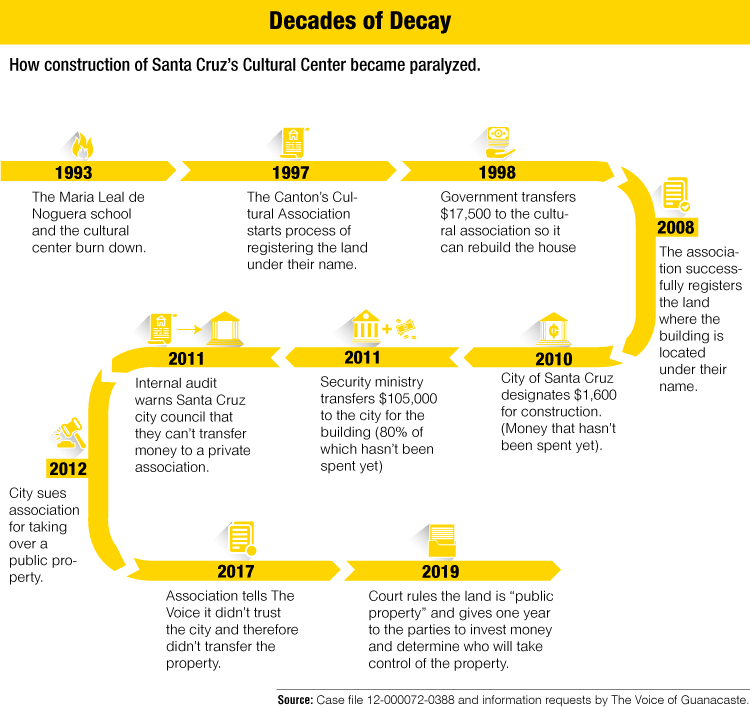
“We didn’t register it under bad faith, but rather for the wellbeing of Santa Cruz. No one complained before we registered it,” said association member Aniceto Arrieta.
Before that date, the association received money from the city, the central government, individuals and private companies to build the center.
Until then, everything was going according to law.
But three years after registering it, in 2011, the Security Ministry and the police transferred $105,000 to the City of Santa Cruz for the center. Of that total, the city transferred $19,300 to the association, which invested it in the building.
At the time, according to city council file N° AIM-140-2011 the internal auditor’s office warned representatives that it is not permissible to transfer funds to a private entity like the cultural association, which wasn’t properly registered to manage public funds.
What’s most appropriate for Santa Cruz residents is for the property to be registered under the city’s name,” the audit said.
Local city planner William Huertas said all the money for the cultural center has been frozen since 2011 and the city has budgeted $84,000. This newspaper analyzed city budgets and found this to be accurate.
“It’s money that is leftover every year because we can’t spend it. Since it’s earmarked, it can only be used for what it is designated for and nothing else,” Huertas said.
A Point for the City
The local government tried to reach a settlement with the association under which they would donate the property to the city, but couldn’t reach an agreement.
The attorney named by the city council to represent the city, Cristina Arrieta, explained that the legal proceedings had one single objective: “return the cultural center to Santa Cruzans,” she said. “The city and the government will be able to invest in repairs without the risk of breaking the law,” Arrieta said.
And that’s exactly what happened. In case file number 12-000072-0388-CI, obtained by this newspaper, a claims court ruled in favor of the city this year. The court ruled the land on which the cultural center sits is public domain and shouldn’t be under the association’s name.
The court gave the State’s Attorney until June 2020 to determine under which public entity the land should be registered and which government institute will manage the center. It must also determine from where the money to finish the center will come.
According to the ruling, the state must reimburse the money the association invested in the center if the association is able to prove that they actually spent the money.
The association’s vice-president Hilda Leiva told The Voice of Guanacaste the group will respect the decisions made by the State’s Attorney.
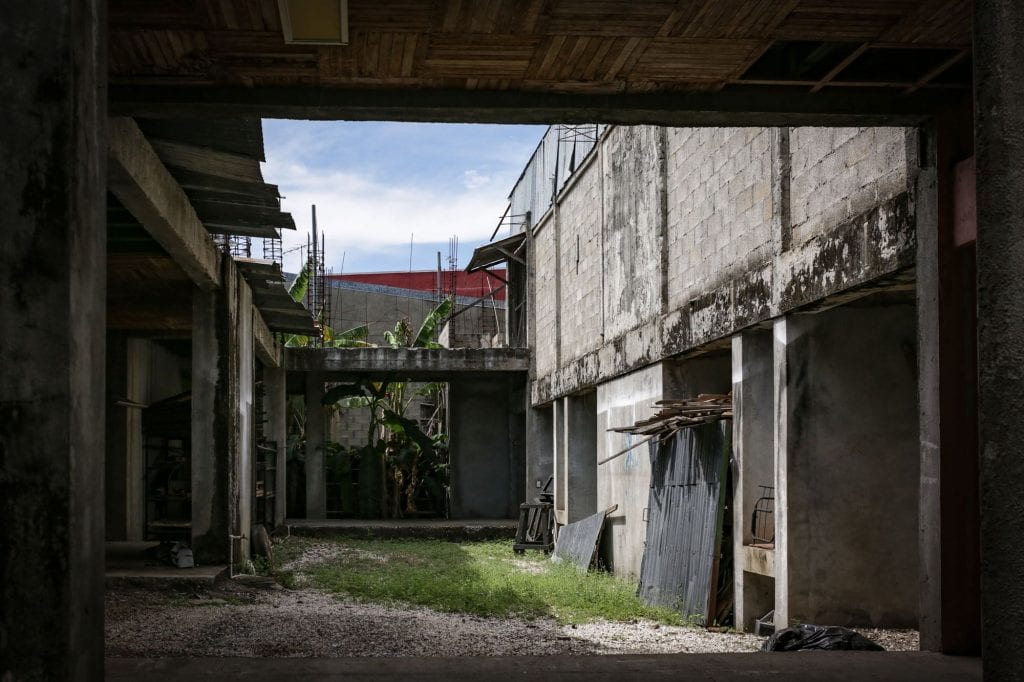
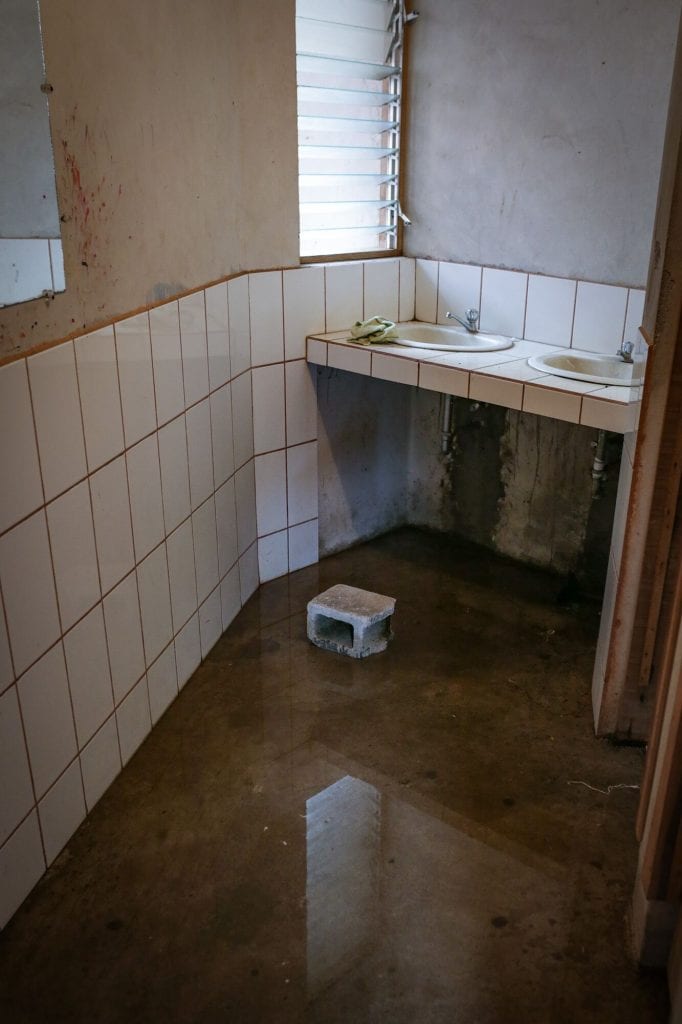
Dancing the Other Direction
Far away from the courts, the canton’s cultural groups are the ones suffering the consequences of an unfinished and abandoned cultural center.
Folklorist Marlene Contreras says she and 75 other dancers have had to “jump from place to place in order to find a space to rehearse.”
“We were rehearsing at the acoustic shell, in the amphitheatre without lights, in the Santa Cruz high school. At the cultural center, when it rains, the place fills with water and there are so many pigeons inside that the kids get allergies,” said Contreras, who founded Flor de Caña, a folklore dance group, 47 years ago. It is the longest-living folklore dance group in Guanacaste and recognized all across the country
According to the ruling, cultural association member Arrieta denied the center was abandoned and that they have provided maintenance and invested money in the plumbing system. Some of the resources to fix the building came from the economic collaboration of those who use the property.
“It’s not finished, but the cultural center is at the service of the entire canton,” Arrieta said.
Héctor Chevez, director for dance group Project Dance, is another one of the artists advocating for a building with better conditions.
Chevez rehearses there once a week with groups of between 40-60 students. They practice dance rhythms such as contemporary, jazz and ballet.
We are ashamed of the condition it’s in. They let us use it, but it’s always dirty and sometimes there’s no water. Electricity is a problem too. It’s hard to hold a class there,” Chevez said.
The professor says they pay $70 a month to use the building, money that association vice-president Hilda Leiva says is used for maintenance. “It’s a collaboration. It’s an amount similar to what any other space would charge and is used to pay for services.”
My Promise for Culture
Both Chevez and folklorist Marlene Contreras can’t even imagine what Santa Cruz would be like with a better cultural center. But they are convinced that if they had better conditions Santa Cruz would have “more talent and better talent.”
Santa Cruz mayoral hopefuls for the 2020-2024 term are aware of the problems and blame the lack of local government support for Santa Cruz culture.
Like the majority of cities in the country, Santa Cruz invested less than 1% of its budget in culture, according to an investigation by Semanario Universidad using data from the Comptroller General.
To rectify this, candidates propose creating a cultural manager position within the city and even building community centers in each district to create spaces for art. However, they haven’t provided details on how to pay for their promises.
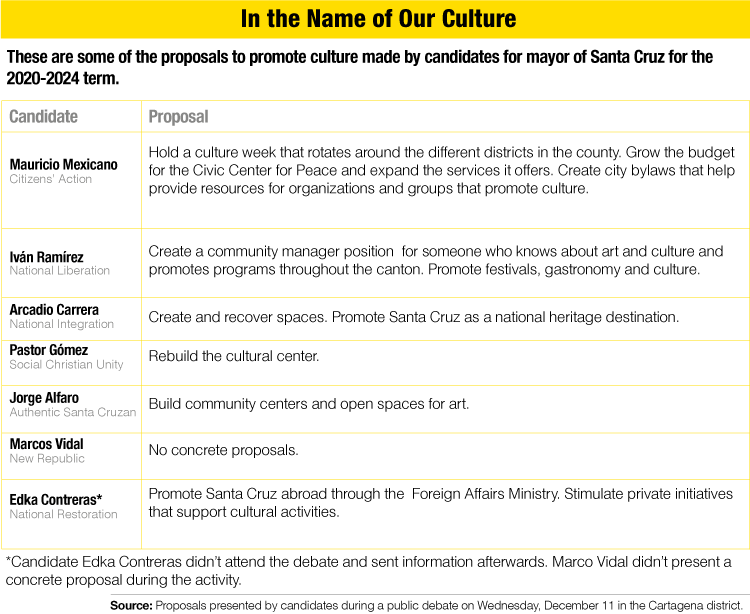


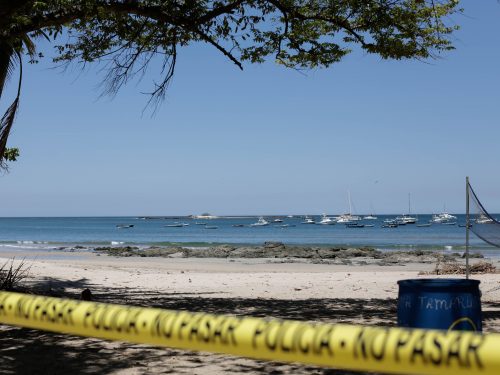
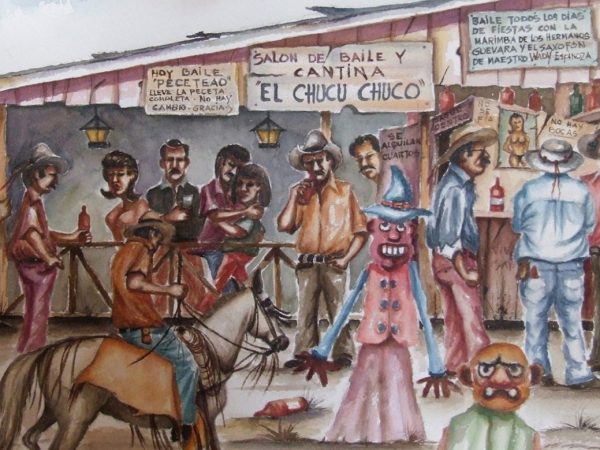
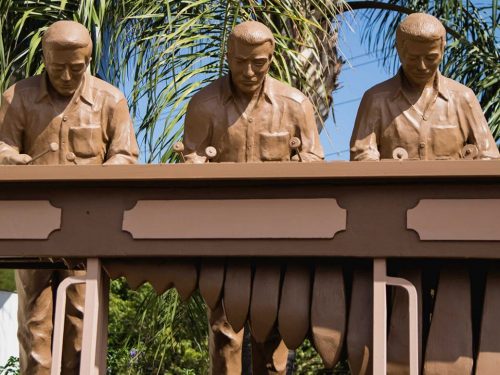

Comments